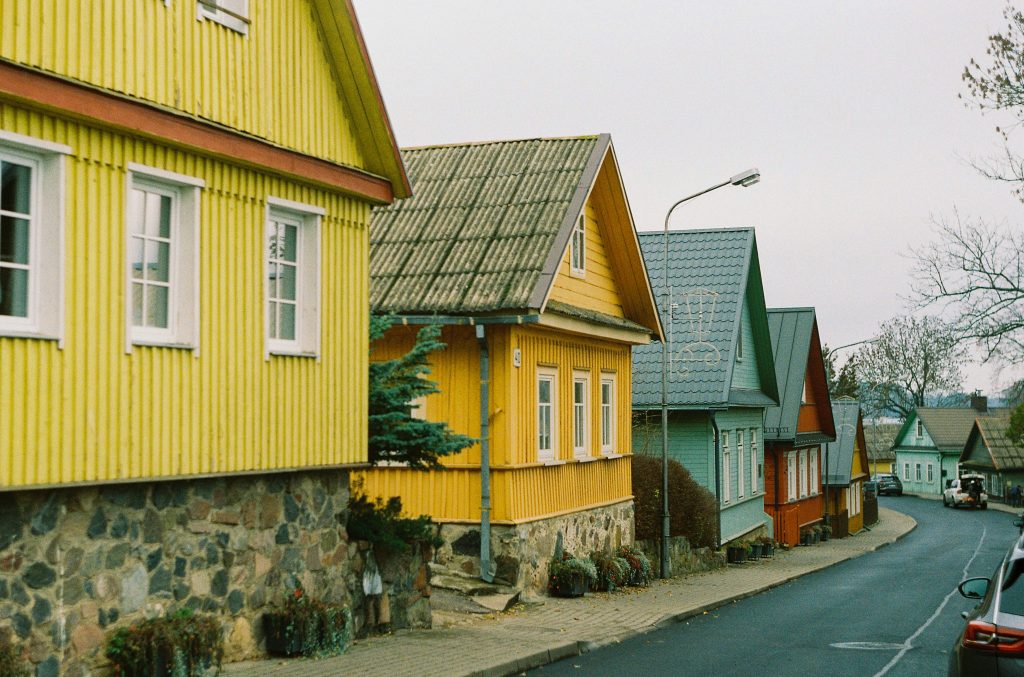Vilniaus oro uostas pradėjo eksploatuoti nuotekų valymo įrenginius, skirtus ledui nuo orlaivių šalinti, siekiant pagerinti jų tvarumą.
Pasak oro uosto, tai pirmas toks Baltijos šalyse. Projekto metu bus surinktos ir išvalytos visos orlaivių ledo šalinimo proceso metu susidarančios nuotekos, kurios vėliau gali būti panaudotos kaip žaliavos aviacijos ir kitose pramonės šakose. Investicijos į ledo šalinimo nuotekų valymo įrenginius siekė 2,9 mln. eurų (3,1 mln. JAV dolerių), o projektą iš dalies finansavo Europos Sąjunga.
‘)
}
// –>
The project started in 2021, when four special aircraft de-icing areas were installed on both approaches of the taxiway, on the northern and southern sides of the platform. When installing the plant, engineered de-icing wastewater collection networks, wastewater tanks and other necessary infrastructure were designed and installed, and are ready for operation today. De-icing procedures are now expected to shorten the distance from the aircraft to the taxiway and reduce the risk of possible re-icing.
Giedrius Rutkauskas, CEO of Arionex, the company that installed the plant, said, “This small plant is an example of a circular economy. De-icing fluid, which is sprayed onto aircraft wings to prevent them from icing up in flight, previously was not collected. This wastewater will now enter the treatment facilities where it will be treated, and the water will be separated from the de-icing fluid. The de-icing fluid will be used as a raw material for the production of other products. The treated water, the quality of which is equivalent to distilled water, can also be successfully used. The entire collection, cleaning and storage process is fully automated, and the employees will only be responsible for periodic equipment maintenance, process data recording and other measurements.”
The de-icing procedure in the cold season is important for flight safety in the operations of every airport. The entire accumulated layer of snow and ice is removed from an airplane using a biodegradable (naturally decomposable) fluid. Furthermore, the surface of the aircraft is covered with a protective layer that prevents the formation of ice for a certain period. Lithuanian Airports has foreseen the possibility of treating aircraft de-icing waste generated at Kaunas and Palanga airports in Vilnius in the future and is considering storing the wastewater in tanks and then transporting it to the automated plant at Vilnius Airport for treatment and processing.
At the opening ceremony, Julius Skačkauskas, Deputy Minister of Transport and Communications of the Republic of Lithuania, said, “This investment marks a new level of aircraft service quality, aviation safety and sustainable activity in the Lithuanian aviation market. Our goal is the development of climate-neutral and sustainable aviation, and one of the tasks set for the airports is the development of safe and sustainable infrastructure. The implementation of such top-level solutions proves that the Lithuanian aviation sector is purposefully moving along the path of both improving the quality of service and increasing security, as well as sustainability and the green course.”
Arnas Dūmanas, director of the development department of Lithuanian Airports, added, “This is a significant step in the development of the harmonious operation of airports. De-icing infrastructure is an important investment in modern aviation technology. From now on, aircraft will be serviced employing advanced sustainability solutions, and this will make a significant contribution to our net zero (zero-emission) commitments by 2030. At the same time, we will ensure even better flight safety and speed of operations at the airport. All this is especially important when serving growing aviation traffic and moving to the next stages of strategic development at Vilnius Airport.”
For more key sustainability updates from the passenger terminal industry, click here.

“Analitikas. Kūrėjas. Zombių fanatikas. Aistringas kelionių narkomanas. Popkultūros ekspertas. Alkoholio gerbėjas”.






_w=1200_h=630.png?v=20230522122229)
